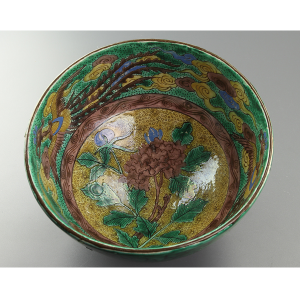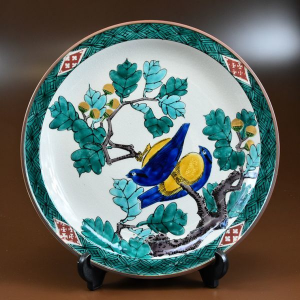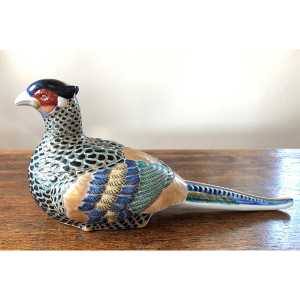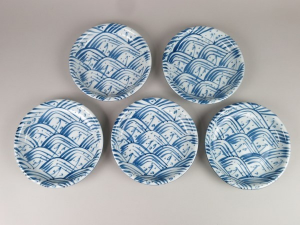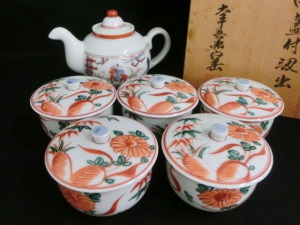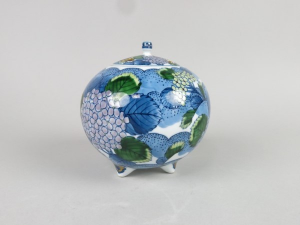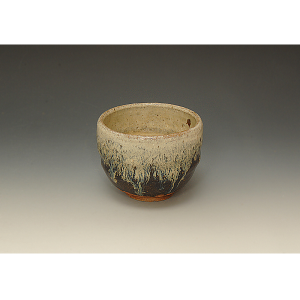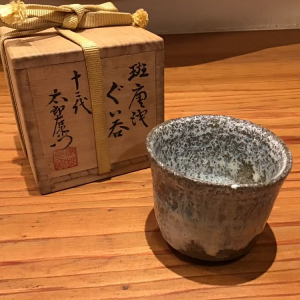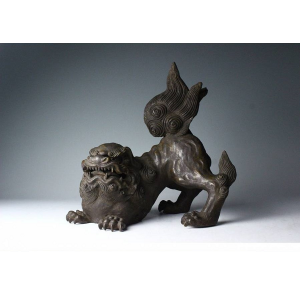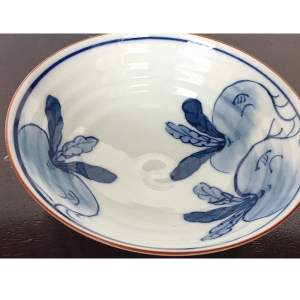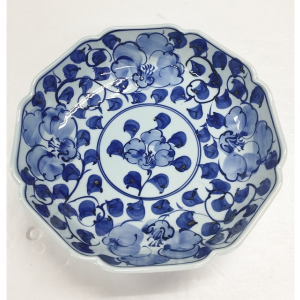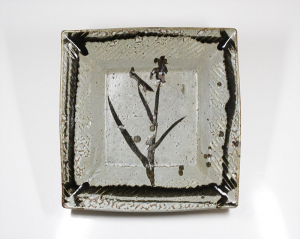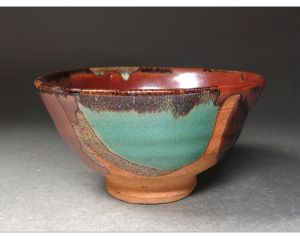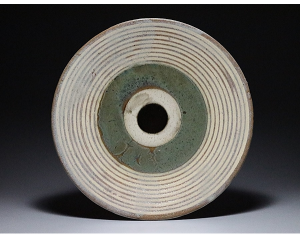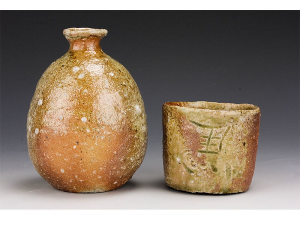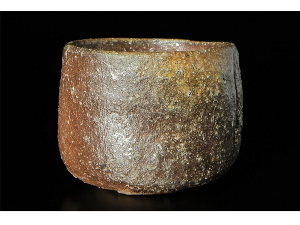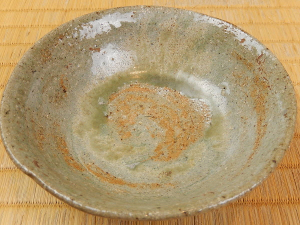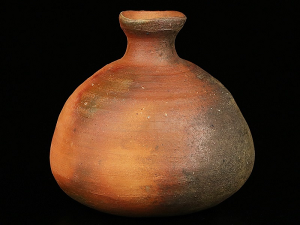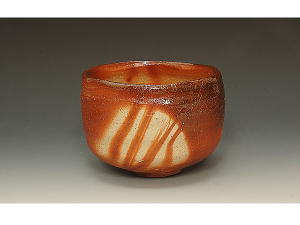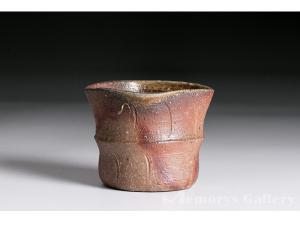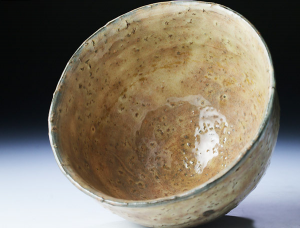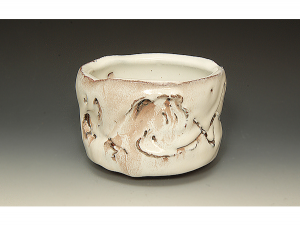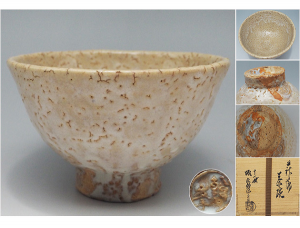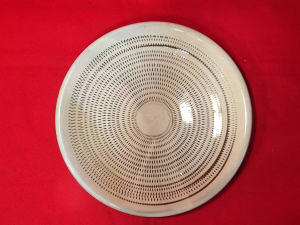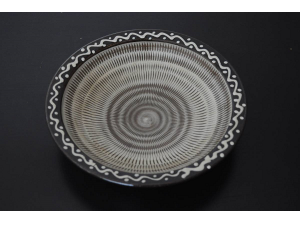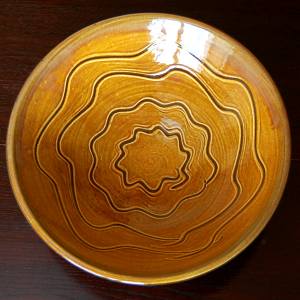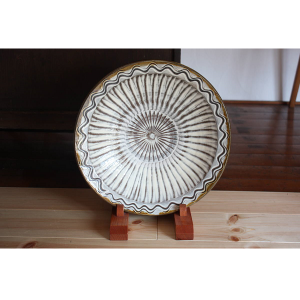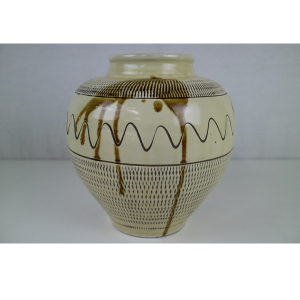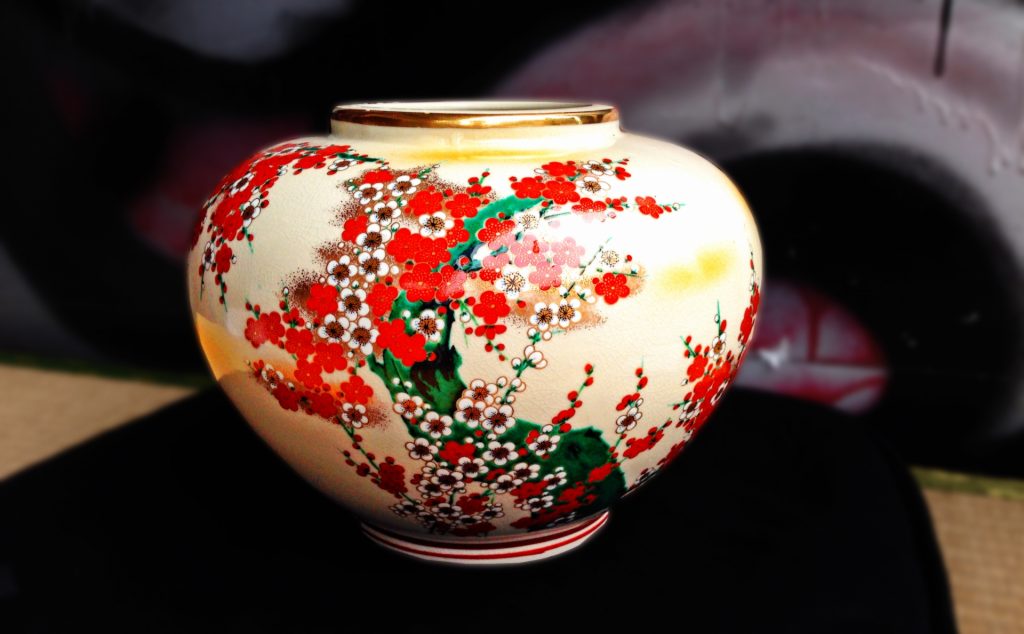
The Japanese culture of pottery is something that continues to amaze us. Behind its beautiful aesthetics, Japanese pots reflect the beauty of nature and Japanese tradition. Today, we have a list of ten Japanese pottery styles that we thought would interest you!
Table of Contents
Kutani-Yaki
First up on the list, we have Kutani-Yaki. Making its appearance in the sixteenth century, the original Kutani-Yakis were manufactured in the village of Kutani, where the term Kutani means “nine valleys”. Kutani-Yaki is famous for its bold, dark colored drawings that depict landscapes and figures.
Arita-yaki
Next up is the Arita-yaki. Founded in the town of Arita in the current providence of Saga in the seventeenth century, Arita-yaki is one of the prominent pottery types in contemporary Japan. Arita-yaki, also known as Hizen-yaki or Imari-yaki, is known for its beautiful white porcelain and elegantly painted designs overglazed with vivid colors.
Karatsu-yaki
Karatsu-yaki is considered one of the traditional styles in Japanese pottery. Like many things in history, the origins of Karatsu-yaki is unknown. However, it is believed that the techniques in making Karatsu-yaki ware were imported from the Korea Peninsula during the Japanese invasions of Korea in the sixteenth century. Karatsu-yaki is famous for its simple and sturdy design and is used for many occasions.
Hasami-yaki
Commonly used as dishes and teaware, Hasami-yaki is a type of Japanese pottery and a commodity to the lives of Japanese people. Making its appearance in the Edo period, Hasami-yaki has a history of over four hundred years and is yet a very popular pottery style among the Japanese for its simple looks and smoothness.
Mashiko-yaki
Favored by many for its unique rough, sandy texture, Mashiko-yaki is a type of Japanese pottery that made its appearance in the late Edo period. Used for rice bowls and teacups, Mashiko-yaki wares by the Japanese on an everyday basis.
Shigaraki-yaki
Crafted using the local sandy clay from the bed of the Biwa Lake, the Shigaraki-yaki is a pottery type made in the Shigaraki region in Japan. The Shigaraki-yaki is known for having an amorphous shape with an archaic look. The Shigaraki kiln is one of the Six Ancient Kilns in Japan, along with the Bizen kiln, which we will introduce to you next.
Bizen-yaki
Making its appearance during the Kamakura period of the fourteenth century, the name Bizen-yaki comes from the name of a providence called Bizen, which is presently a part of the Okayama prefecture in Japan. Popular for its rustic looks, Bizen-yaki is used commonly for tea ceremonies or as sake containers in Japan.
Hagi-yaki
Hagi-yaki, like many other Japanese pottery styles, was named after the region it was originated in. Making its appearance in the late sixteenth century in the port town of Hagi, the Hagi-yaki was established by Korean craftsmen who from the Korean Peninsula. The beautiful contrast between the milky-green tea and the warm colors of Hagi-yaki is regarded to be the Hagi-yaki’s greatest aesthetic achievements.
Koishiwara-yaki
The Koishiwara-yaki is distinguishable from other pottery styles with its traditional, beautiful patterns. Founded in the early seventeenth century, the Koishiwara-yaki is used for pots, plates, and teacups. Although nearly four hundred years have passed since the establishment of the pottery style, the traditional techniques are still being used to forge these beautiful pots.
Onta-yaki
Last but not least, we have the Onta-yaki. The Onta-yaki is forged using the rocks of the mountains and the pure river water found in the village of Onta. A true masterpiece of nature, the Onta-yaki is highly revered by the Japanese and was inscribed by the Japanese government in 1995 as an Intangible Cultural Property.
Afterword
Congratulations for making it all the way down here! It is our wish that you gained some interest in the Japanese culture and pottery.
Service Flow
We bid on your behalf and ship the items you win to your address overseas! →See more

